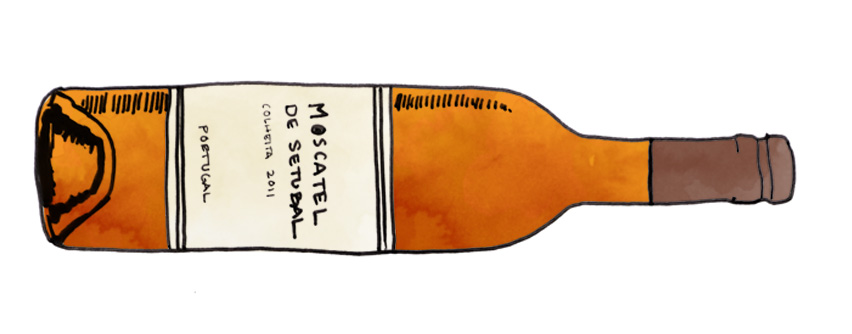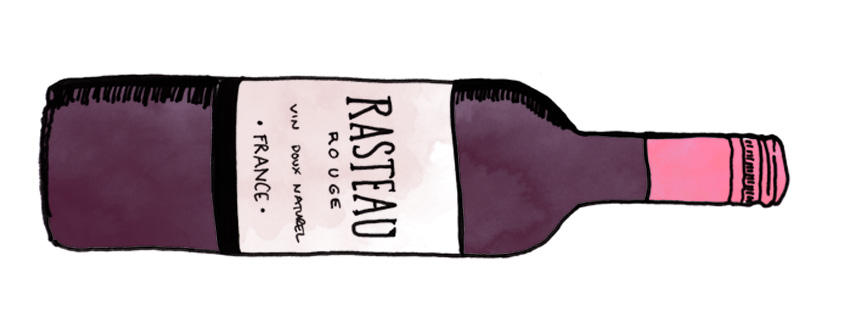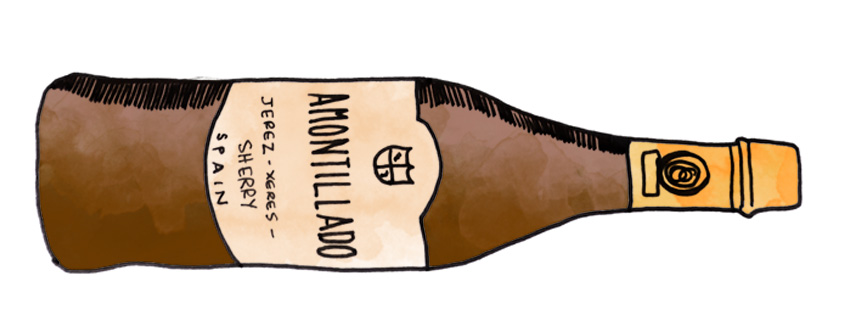Why Fortified Wine is So Unbelievably Awesome
The age of exploration was an era of endless prosperity and treachery for humanity (sound familiar?). Fortified wines became the wine of the day because they were extremely resilient on long sea journeys.
What’s interesting about all of this is that production techniques for making fortified wines haven’t really changed since they were perfected in the 1700s.
So, when you drink classic fortified wines today, they reflect what wines tasted like 300 years ago–that’s about as close to drinking history as you can get.
Despite the incredible history surrounding the fortified wines of Europe, they’ve fallen out of favor. On the plus side, it means you can find exceptional quality at a great value price.
Here are several fine fortified wines that can be found for less than $20 a bottle.
4 Classic Fortified Wines to Try
What does it mean to “fortify” a wine?
When a wine is fortified it means that a neutral spirit (usually a clear grape brandy) is added during the fermentation process.
The alcohol addition does several things: it stabilizes the wine, increases the alcohol level, and stops the yeast from eating all the sugar.
Some wines are fortified after the fermentation is complete (as is the case with dry Sherry), but most fortified wines feature leftover grape must (called residual sugar) to create sweetness.
Moscatel de Setúbal

This undiscovered delight comes from the southern part of Portugal and is an exceptionally well-valued alternative to Tawny Port (another amazing Portuguese find). Keep your eyes open for “superior” bottlings which are required to have additional aging and thus, exhibit more nutty flavors.
- Taste: dried fig, date paste, marmalade, roasted cashew, apricot compote
- Grapes: Muscat of Alexandria (aka Moscatel de Setubal) and a pink variant of Muscat Blanc called Moscatel Roxo
- Cost for quality: $12
- Recommended Pairings: Straight dark chocolate, coconut cream pie, firm cheeses, exotic nuts, cinnamon ice cream, sticky toffee pudding
Muscat of Samos

Muscat is the only wine that comes from the island of Samos in the Aegean Sea and it’s produced in several styles including Vin Doux, Vin Nectar, Vin Doux Naturel Grand Cru, Anthemis (all good), and as a Holy Communion wine.
- Taste: honey, apricot sauce, sweet pineapple, orange blossom, sweet mango and candied pecan
- Grapes: Muscat Blanc
- Cost for quality: $13
- Recommended Pairings: Baklava, sharp cheeses, fresh fruit tart, stollen
Serving Fortified Wines
Because of their elevated sugar and alcohol levels, you’ll notice that serving sizes for fortified wines are about half the size of standard dry wines.
- 3 oz / 75 ml serving size
- Best served cool (50–55 °F / 12–14 ºC)
- Use a white wine or dessert wine glass
Rasteau Vin Doux Naturel

Hiding in a sea of dry red wine in Côtes du Rhône there is a sweet red wine made of 90% Grenache from Rasteau. They don’t make much of it, but it’s one of the best damn wines for chocolate we’ve ever had (and that’s saying a lot).
- Taste: stewed sweet raspberry, currant jam, raisin, cocoa powder, exotic spices, Darjeeling tea
- Grapes: 90% Red Grenache
- Cost for quality: $20
- Recommended Pairings: chocolate truffles, brownies, chocolate pudding/mousse, bouche de Noel, blue cheese
Amontillado Sherry

If you’re part of the anti-sweet wave, there is still hope for you in the form of Sherry. For the holidays, Amontillado promises this subtle, bitter finish that will zap the taste of Christmas cookies from your mouth.
- Taste: toasted walnut, hazelnut, burnt sugar, preserved lemon, bitter orange peel, citrus pith
- Grapes: Palomino Fino and/or Pedro Ximinez
- Cost for quality: $15
- Recommended Pairings: peanut brittle, shortbread cookies, ginger snaps, marcona almonds, seasoned Spanish olives, fruitcake
Get Some
Go pick up one of these wines, chill them slightly, and then pour yourself a snort to see what they’re all about.
